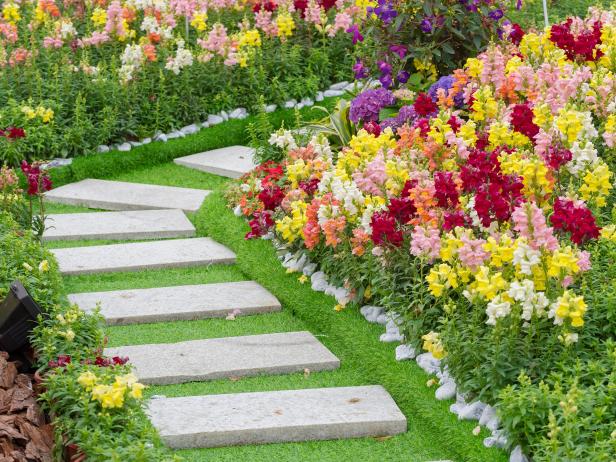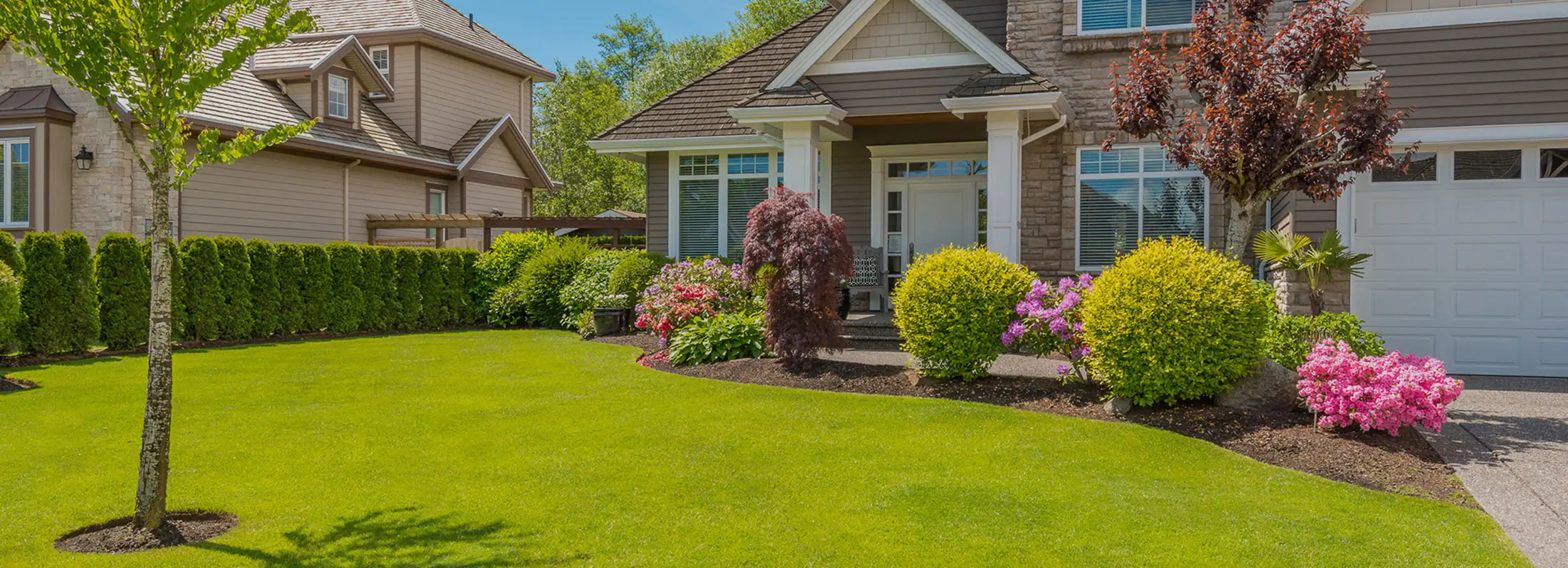Discover the Conveniences of Sustainable Palm Desert Landscaping Techniques
Discover the Conveniences of Sustainable Palm Desert Landscaping Techniques
Blog Article
A Comprehensive Overview to Creating and Implementing Effective Landscape Design Solutions
The art and scientific research of landscape design expand past simple aesthetic appeals; they entail a thoughtful assimilation of layout concepts, ecological stewardship, and functional implementation. A comprehensive guide to effective landscaping options starts with an in-depth understanding of your outdoor area, highlighting the significance of equilibrium, percentage, and unity. As we check out lasting strategies and the choice of proper vegetation, the effects for biodiversity and neighborhood health become significantly evident. What approaches can one employ to make certain these landscapes not just grow but also prosper attuned to their surroundings?

Understanding Landscape Style Concepts
One may wonder what foundational elements add to effective landscape layout. At its core, successful landscape style rests on numerous vital concepts that direct the setup and selection of components within an area. These concepts consist of unity, rhythm, balance, and proportion, each serving to produce an unified outdoor environment.
Unity describes the cohesive partnership amongst different elements, making sure that they interact visually and functionally. Equilibrium can be accomplished with asymmetrical or balanced plans, allowing the landscape to feel stable and inviting. Proportion entails recognizing the range of elements in regard to each various other and the surrounding environment, promoting visual harmony and convenience.

Examining Your Outdoor Space
Prior to applying the concepts of landscape style, a detailed evaluation of your outside room is important. This initial evaluation aids specify the extent of your landscape design project and makes sure that your design lines up with the special attributes of your residential or commercial property. Begin by analyzing the measurements of your area, taking specific dimensions to recognize the available area for different aspects such as paths, patios, and gardens.
Next, observe the existing features of your landscape, consisting of topography, soil top quality, and water drainage patterns. These aspects substantially influence plant option and positioning. Furthermore, analyze the sunlight direct exposure across different areas throughout the day, as this will impact the types of plants that grow in your garden.
Consider the microclimates created by frameworks, trees, and various other barriers, as they can impact temperature and moisture levels. Take note of any existing plants or hardscape aspects that you want to get rid of or retain. This comprehensive analysis prepares for a efficient and educated landscaping remedy, ensuring that your design is not only aesthetically pleasing yet lasting and additionally functional for many years ahead.
Lasting Landscape Design Strategies
Integrating lasting landscape design techniques is vital for creating an eco responsible exterior area. These methods not only promote ecological balance but additionally improve the aesthetic and functional value of a landscape. One fundamental strategy is the usage of native plants, which call for less water and maintenance while supporting local wild animals. Implementing efficient irrigation systems, such as drip irrigation, decreases water waste and ensures that plants receive sufficient dampness.

An additional effective technique is the tactical positioning of trees and bushes to offer natural windbreaks and color, therefore decreasing energy prices (Palm Desert Landscaping). Rainfall gardens can be integrated into the landscape style to handle stormwater runoff properly, filtering system pollutants prior to they enter waterways
Picking the Right Plant Kingdoms
Selecting the right plants for your landscape is vital to accomplishing both aesthetic charm and ecological consistency. The procedure starts with an understanding of your neighborhood climate, dirt conditions, and the details microenvironments within your landscape. Evaluating aspects such as sunshine direct exposure, wetness levels, and existing vegetations will certainly help you pick plants that flourish in your special setup.
Think about including native plants, as they are well-adapted to local problems, call for less maintenance, and support neighborhood wild animals. In addition, selecting a varied array of varieties can enhance biodiversity while lowering the threat of condition and parasite outbreaks. It is necessary to examine the growth behaviors, growing periods, and seasonal colors of prospective plants to produce a dynamic and cohesive landscape.
Furthermore, believe concerning the Extra resources planned usage of the space; as an example, if the location will experience high foot website traffic, choose resilient ground covers. By thoughtfully choosing plants that straighten with both your ecological needs and aesthetic objectives, you can develop a lasting landscape that not only improves your resource home however also adds favorably to the surrounding community.

Implementation and Upkeep Strategies
As soon as the ideal plants have actually been chosen for your landscape, the emphasis moves to effective execution and continuous maintenance approaches. Successful installment begins with proper site preparation, which consists of soil screening to determine nutrient levels and pH, complied with by changing the soil as required. Very carefully set up plants according to their development habits and light needs, ensuring appropriate spacing to promote healthy and balanced development.
Irrigation is a critical element of execution. Establish a watering routine that considers the particular needs of each plant species, readjusting for seasonal modifications. Using drip irrigation systems can improve water effectiveness and lower overflow.
Upkeep methods need to be implemented to make sure the durability and vitality of your landscape. Routine jobs include weeding, mulching, and pruning to regulate growth and stop condition. Fertilizing needs to be conducted based upon dirt tests, supplying the required nutrients without over-fertilizing.
Keeping track of for bugs and diseases is vital; early discovery can protect against substantial damages. Last but not least, seasonal modifications to upkeep routines, such as winterizing perennials and preparing for springtime development, will certainly guarantee that your landscape remains aesthetically enticing and healthy year-round.
Verdict
Effective implementation and recurring upkeep better ensure the durability and vitality of landscapes. By integrating these elements, landscapes can be transformed into stunning, functional environments that advertise biodiversity and contribute positively to neighborhood well-being.
One may question what fundamental aspects add to efficient landscape design. At its core, successful landscape style hinges on a number of essential concepts that lead the arrangement and option of components within a room.Selecting the right plants for your landscape is vital to achieving both visual allure and environmental harmony. It is necessary to assess the growth routines, growing periods, and seasonal shades of prospective plants to create a dynamic and natural landscape.
Once the ideal plants have been chosen for your landscape, the emphasis moves to reliable implementation and continuous maintenance techniques.
Report this page